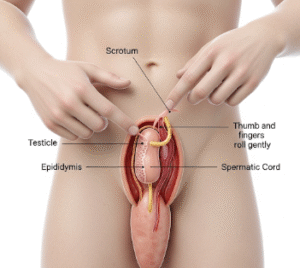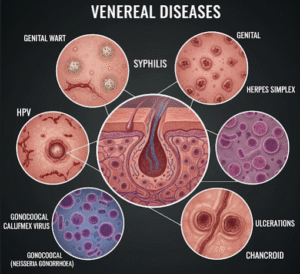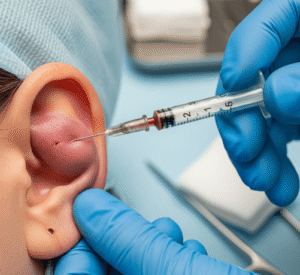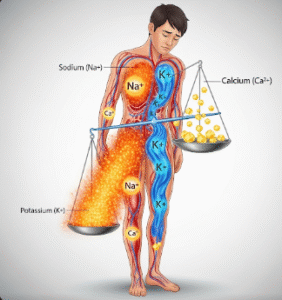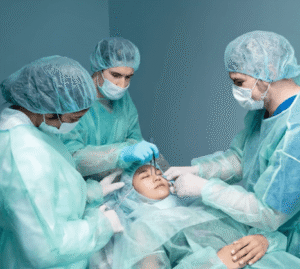Overview
Infantile spasms (also known as West syndrome) is a rare but severe epilepsy syndrome that typically begins in infancy, usually between 3 to 12 months of age. It is characterized by sudden, brief muscle contractions (spasms), developmental regression, and a distinctive EEG pattern called hypsarrhythmia. Prompt diagnosis and treatment in Korea’s pediatric neurology centers are crucial to improving long-term neurological outcomes and minimizing developmental delays.
What are Infantile Spasms?
Infantile spasms are a type of seizure involving sudden bending or stiffening of the arms, legs, and body. These spasms often occur in clusters and can disrupt normal brain development. The condition is often associated with underlying brain abnormalities or genetic disorders but can also be idiopathic.
Symptoms
- Sudden, brief spasms or jerks of the neck, trunk, and limbs
- Spasms usually occur in clusters, especially upon waking or falling asleep
- Loss of previously acquired developmental milestones or slowed development
- Irritability and poor feeding
- Distinctive EEG pattern (hypsarrhythmia) showing chaotic brain activity
Causes
- Structural brain abnormalities such as brain injury, malformations, or tumors
- Genetic disorders including tuberous sclerosis complex and Down syndrome
- Metabolic disorders
- Brain infections or trauma
- Idiopathic in some cases with no identifiable cause
Risk Factors
- Premature birth or perinatal complications
- Family history of epilepsy or neurological disorders
- Genetic mutations related to epilepsy syndromes
Complications
- Developmental delays or intellectual disability
- Other seizure types developing later in childhood
- Behavioral and cognitive impairments
- Increased risk of lifelong epilepsy
Prevention
- Prenatal care to minimize risk of brain injury or infections
- Early recognition and management of risk factors in high-risk infants
Treatment Options in Korea
Diagnosis
- Clinical observation of spasm patterns
- Electroencephalogram (EEG) to detect hypsarrhythmia
- Brain MRI to identify underlying structural causes
- Genetic and metabolic testing in selected cases
Medical Treatments
- Adrenocorticotropic hormone (ACTH) therapy – considered first-line treatment
- Vigabatrin – especially effective in spasms associated with tuberous sclerosis
- Other antiepileptic drugs as adjunctive therapies
- Supportive care including nutritional and developmental support
Surgical or Advanced Therapies
- Surgical resection of brain lesions if spasms are due to localized brain abnormalities
- Vagus nerve stimulation (VNS) or ketogenic diet in refractory cases
Rehabilitation and Support
- Early intervention programs focusing on physical, occupational, and speech therapy
- Developmental monitoring and educational support
- Family counseling and psychosocial support
Top Hospitals or Clinics in Korea
- Seoul National University Hospital – Pediatric Neurology Department
- Samsung Medical Center – Epilepsy Clinic
- Asan Medical Center – Pediatric Neurology and Epilepsy Unit
- Yonsei Severance Hospital – Child Neurology Clinic


